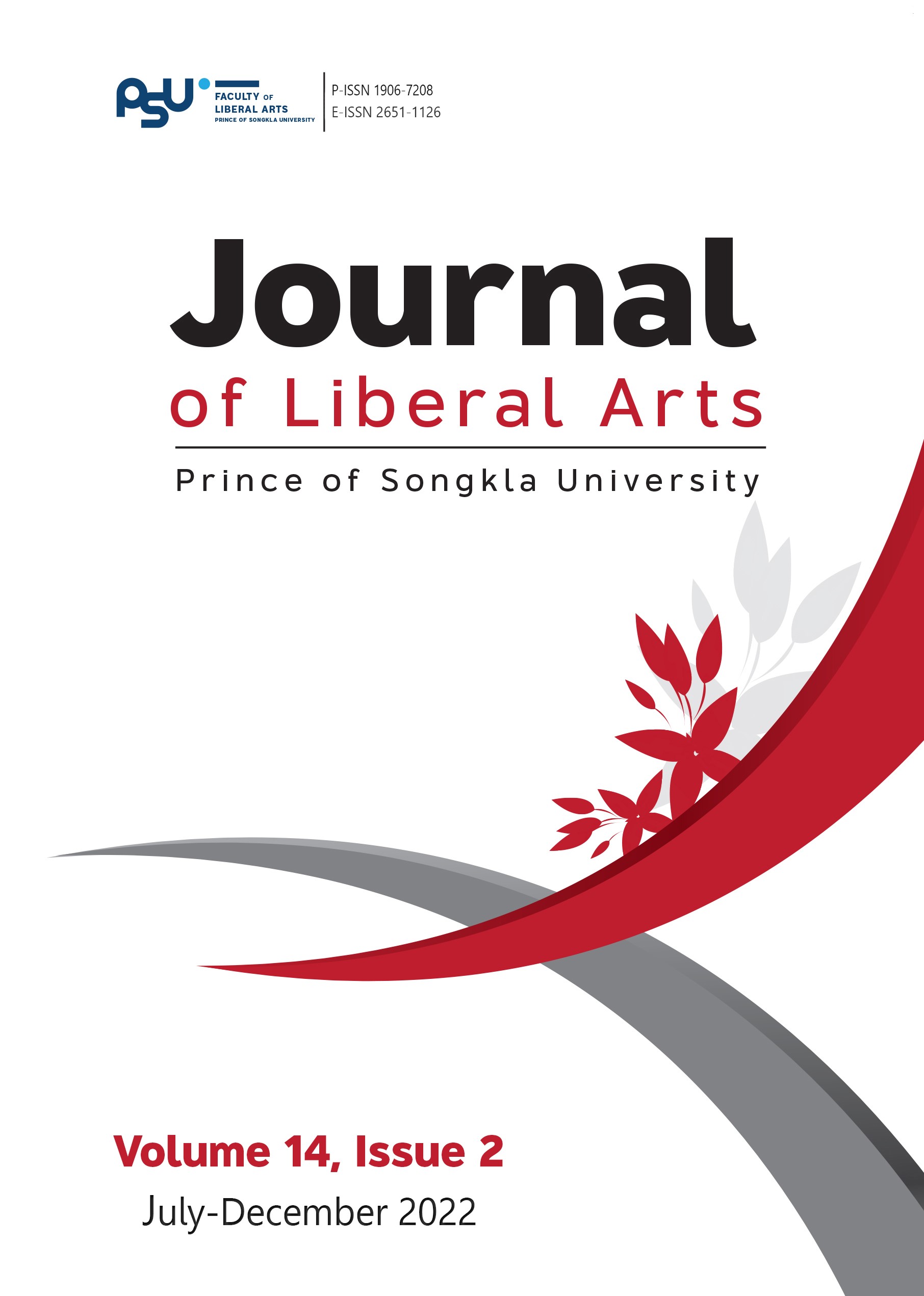Comparison of the Success of Creative Leadership Among Leaders with Different Educational Levels of the Provincial Administrative Organizations in Thailand
DOI:
https://doi.org/10.14456/jlapsu.2022.24Keywords:
level of educational, high school students, creative leaders, successAbstract
This article was aimed at studying the success of creative leadership and comparing the success of creative leadership of the leaders of the Provincial Administrative Organizations in Thailand with different levels of education. A quantitative research method was used, and the data was collected from the sample group of 380 representatives who had the administrative roles and duties in the 76 provincial administrative organizations. Selected from each province, these individuals included the president, the permanent secretary, the director of the budget and planning, finance, and engineering offices.
The questionnaire was employed to collect the data, and the obtained data were analyzed by univariate analysis and subsequently presented by means of descriptive statistics. The one-way ANOVA was applied for multiple comparisons based on Fisher’s Least Significant Difference (LSD). The results showed that the levels of education influenced the attitudes toward the success of the leaders with creative leadership in the Provincial Administrative Organizations, with a mean score of 4.48. Among many aspects, positive work attitudes were rated with the highest mean score, followed by building trust in the organization and improving efficiency in organizational communication, respectively. Hence, the results indicated that creative leaders with different levels of education obviously expressed different attitudes toward the success of creative leadership. It is recommended that concerned organizations promote and support personnel to pursue higher education to develop their organizational leadership.
References
Alves, H. (2011). The measurement of perceived value in higher education: a unidimensional approach. The Service Industries Journal, 31(12), 1943-1960.
Ash, R. L.,& Persall, M. (2000). The principal as chief learning officer: Developing teacher leaders. NASSP Bulletin, 84(616), 15-22. DOI:10.1177/019263650008461604
Basadur, M. (2004). Leading others to think innovatively together: Creative leadership. The Leadership Quarterly, 15(1), 103-121.
Boonchuay, N. (2010). Development of creative leadership of educational institution administrators [Unpublished doctoral dissertation]. Walai Alongkorn Rajabhat University.
Cronbach, L. J. (1970). Essentials of psychological testing. Harper and Row.
Deary, I. J., & Johnson, W. (2010). Intelligence and education: causal perceptions drive analytic processes and therefore conclusions. International Journal of Epidemiology, 39(5), 1362-1369.
Dubrin, A.J., Dalglish, C., & Miller, P. (2006). Leadership: 2nd Asia-Pacific edition. Houghton Mufflin Company.
Hadyaw, T. (2021). Needs and necessity, and guidelines for developing creative leadership of educational institution directors under the Office of Primary Education Service, Pethcaboon [Unpublished master’s thesis]. Naresuan University.
Harris, A. (2009). Creative leadership: Developing future leaders. Management in Education, 23(1), 9-11.
Lila, K. (2013). The study of formative leadership of school principals in the school under the Bangkok Metropolis, Administrative Office of Bangkhen District [Unpublished master’s thesis]. Srinakharinwirot University.
Nimpanit, J. (1985). Motivation and leadership. Sukhothai Thammathirat University.
Thammalikhit, M. (2016). Leadership over leaders of educational institutions, Muang District, Office of Primary Education Service, Chantaburi, Area 1 [Unpublished master’s thesis]. Burapha University.
Wittaya-udom, W. (2005). Modern leadership. Theera Film and Scitech.
Downloads
Published
How to Cite
Issue
Section
License
Copyright (c) 2022 Taweesan Wichaiwong

This work is licensed under a Creative Commons Attribution-NonCommercial-NoDerivatives 4.0 International License.
The authors retain the copyright to their article but the Journal of Liberal Arts, Prince of Songkla University reserves the exclusive rights to first publication.






